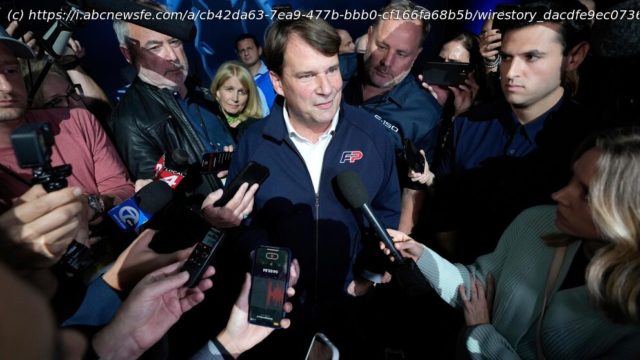The United Auto Workers union has made CEO pay a central part of their argument for a big worker wage increase
It’s been a central argument for the United Auto Workers union: If Detroit’s three automakers raised CEO pay by 40% over the past four years, workers should get similar raises.
UAW President Shawn Fain has repeatedly cited the figure, contrasting it with the 6% pay raises autoworkers have received since their last contract in 2019. He opened negotiations with a demand for a similar 40% wage increase over four years, along with the return of pensions and cost of living increases. The UAW has since lowered its demand to a 36% wage increase but the two sides remain far apart in contract talks, triggering a strike.
Fain’s focus on CEO pay is part of a growing trend of emboldened labor unions citing the wealth gap between workers and the top bosses to bolster demand for better pay and working conditions. In June, Netflix shareholders rejected executive pay packages in a nonbinding vote, just days after the Writers Guild of America wrote letters urging investors to vote against the pay proposals, saying it would be inappropriate amid Hollywood’s ongoing strike by writers. The WGA wrote similar letters targeting the executive pay at Comcast and NBCUniversal.
Fain has pushed back against arguments that a big pay bump for the union would jack up costs of vehicles and put the Big Three automakers — General Motors, Ford and Stellantis (formerly Chrysler) — at a disadvantage against foreign competitors with lower-cost workforces in the race to transition to electric vehicles.
“In the last four years, the price of vehicles went up 30%. Our wages went up 6%, The CEOs got 40%. There were billions of dollars in shareholder dividends. So our wages aren’t the problem,” Fain said in a recent interview with The Associated Press.
CEO pay has ballooned for decades, while wages for ordinary workers have lagged. But did the Big Three chief executives really get 40% pay increases? Not exactly.
“I don’t know where the 40% came from,” said General Motors CEO Mary Barra at a new conference when asked if the UAW’s numbers were accurate.
Executive pay is notoriously complicated to calculate because so much of it comes in the form of stock grants or stock options. A detailed look at the compensation packages at all three companies shows how the UAW’s claim both overstates and understates reality, depending on the view.
Barra, the only one of the three who held the role since 2019, is the highest paid, with a compensation package of worth $28.






